What is going on here?
In this blog we will demonstrate to you an example on how to evaluate a phthalate (or any other substance you might want to know more about!) using Toxtree, so you can try it yourself. All you will need is a PC or laptop and the will to learn something new.
For more information on phthalates refer to the blog article about phthalates in cosmetics.
For more information on Toxtree & QSAR refer to the blog article about QSAR and the G-book Chapter 3.
Step 1: Setup
The first step you need to do before we begin is to download the software we will be using. Search up Toxtree (or use this link to make it faster) and download the latest version. If you use Windows, you can download the windows installer, if you use Linux or IOS, download the ZIP archive and in both cases follow the appropriate install instructions.
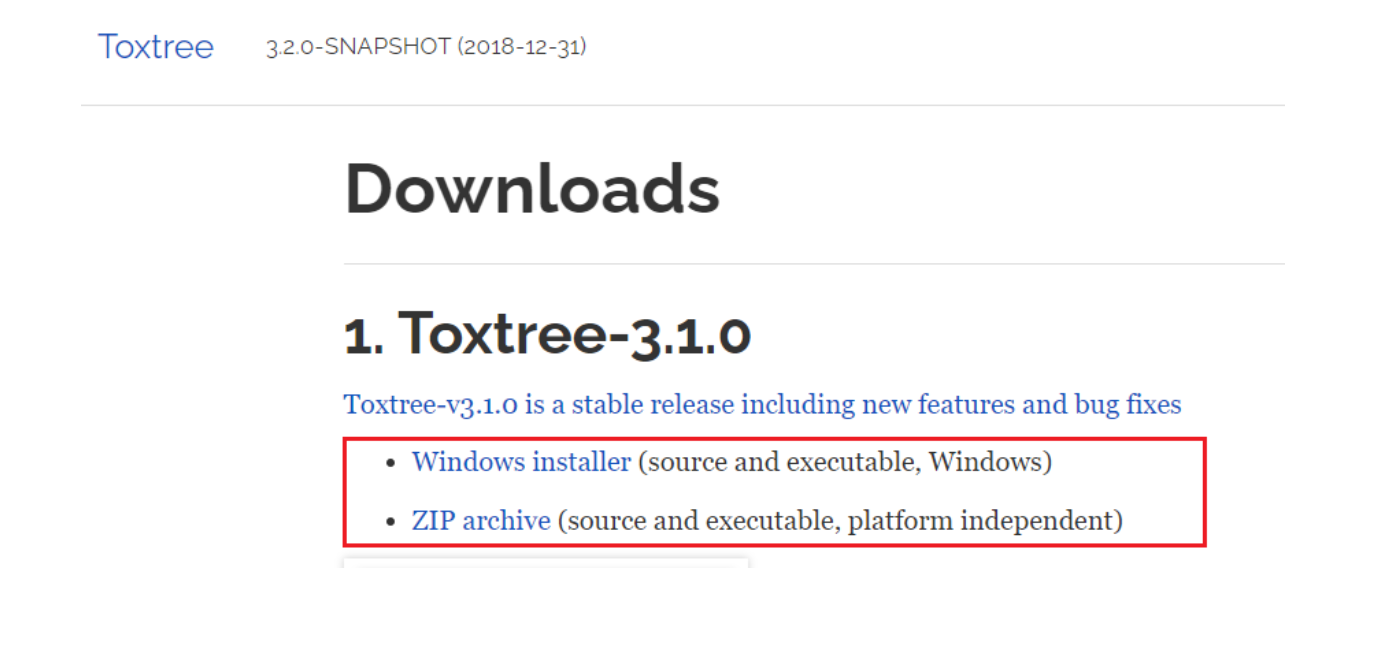
You will know that the installation is complete and successful when you open up the application and are greeted with the following window:
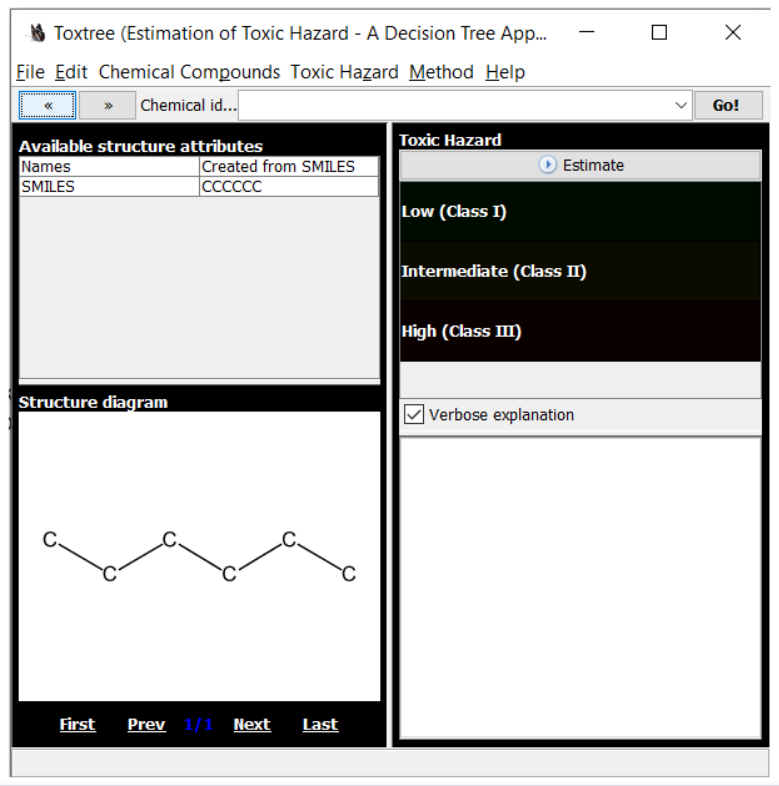
Step 2: SMILES code
With the software installed we can now move on to searching for the SMILES code of the chemical we want to evaluate.
SMILES stands for “Simplified Molecular Input Line Entry System” and it is just a way of writing the molecular formula of a compound.
For our example we will search for the SMILES code of Dibutyl phthalate (DBP). We start by heading to the website of PubChem and typing in the name of our compound in this case Dibutyl phthalate and pressing enter then selecting the appropriate search result.
We are presented with the entire description of the compound and on the side in the CONTENTS menu, we search for the term “Canonical SMILES” as shown on the picture below and copy string of letters:
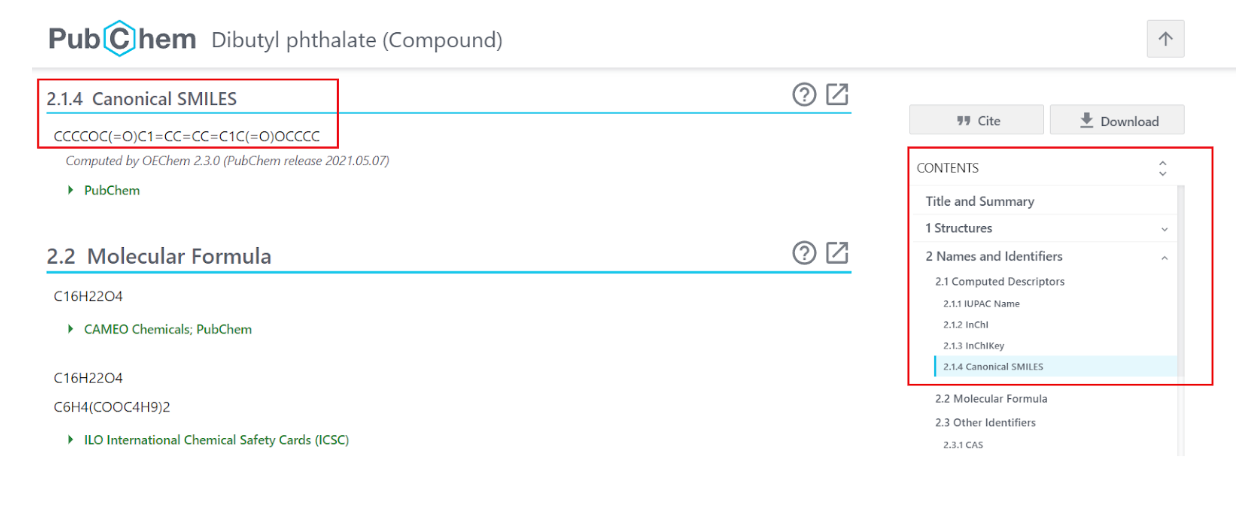
Step 3: Time to analyze
We start by pasting the SMILES code on the top input box and press GO!
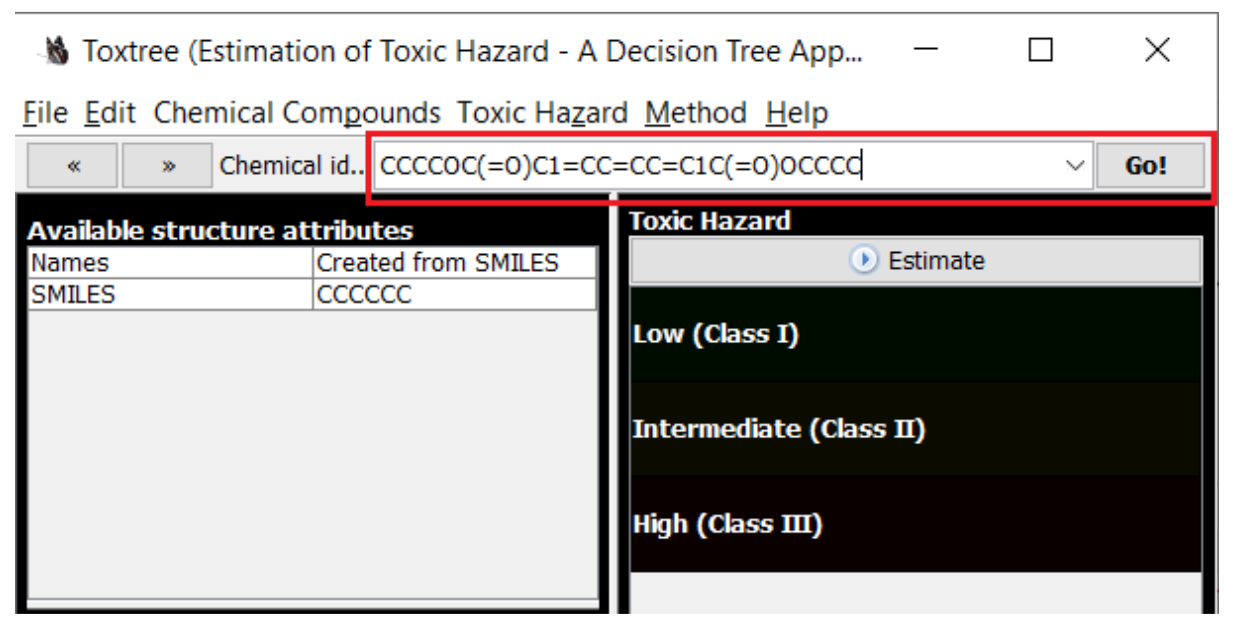
This will change the substance we are viewing and put out the appropriate 2D molecular structure as well.
An important thing to note is that before estimating toxicity, we need to select the appropriate decision tree. Decision trees are a set of rules and algorithms that according to known research of active groups determine if a substance is toxic or not. We can access the different decision trees by clicking on the “Method” on the top bar icon and selecting the option “? Select a decision tree”.
Since there are several decision trees for toxicity predictions, we need to look for each one individually. In our case, we will test for genotoxicity and carcinogenicity with the appropriate tree as shown below:

Once selected, we are redirected on the main window where we click Estimate. If another window opens, no need to type in anything, just press confirm/OK. When finished, the highlighted results determine the estimated category of the substance. As for our dibutyl phthalate, the algorithm has decided to show an alert for non genotoxic carcinogenicity.
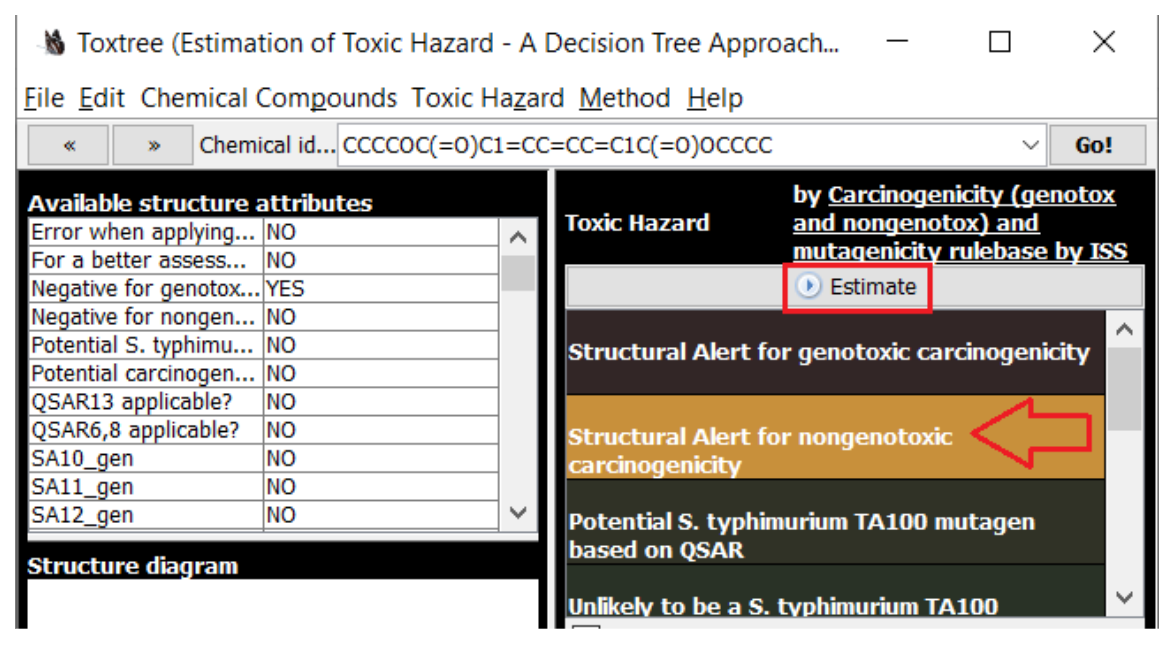
We’ve made it!
We have found out the genotoxic potential of a substance.
Now we encourage you to try doing so with different ingredients you find listed on cosmetic products found lying around your house.
You can also change to different ruleset trees and search for other potentially toxic characteristics of everyday items.


0 Comments